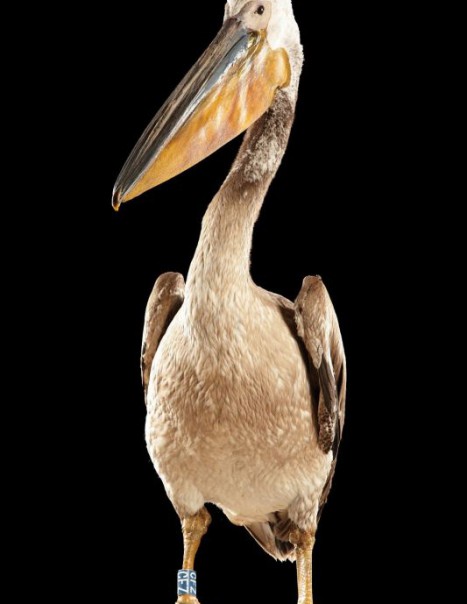Great White Pelican – Pelecanus onocrotalus
Great White Pelican – Pelecanus onocrotalus
This bird of the family Pelecanidae occupies a large part of Asia and Africa. Before it was also found in Europe, but it is now increasingly rare.
This is a very large bird up to 175 cm with a wingspan of up to 3.60 m. It weighs about 10 kilograms.
Its feathers are white except for a few large feathers located on its wings which are black. It is easy to recognize the pelican with the yellow bag it carries in its beak. This pocket allows it to catch and store fish. Its legs are pink. The male differs from the female by the presence of a crest on the back of the head. The white pelican is particularly fond of fish. It did it with supplies. Nutritional requirements are fairly consistent. Indeed, it can eat up to 1.5 kg of fish in one day.
They live in groups. The nest can be built in different locations on the sand or on a rock. The breeding season in the northern hemisphere runs from April to June. The female will incubate two eggs for over a month. The parents feed the young by regurgitating fish already predigested. Young pelicans begin to fly at the age of two and a half months.
They like lakes and estuaries. They live in open habitats such as wetlands or coastal lagoons. In any case, due to its diet, they attend only very large points rich in fish water.
In some areas of its distribution, pelican sees its natural environment disappear due to land reclamation. It can not nest or feed. They are often disturbed by fishermen or hunters. This is why in Europe, their populations are declining widely. They are becoming more localized in quiet places.





